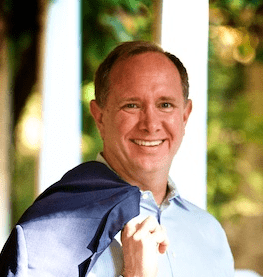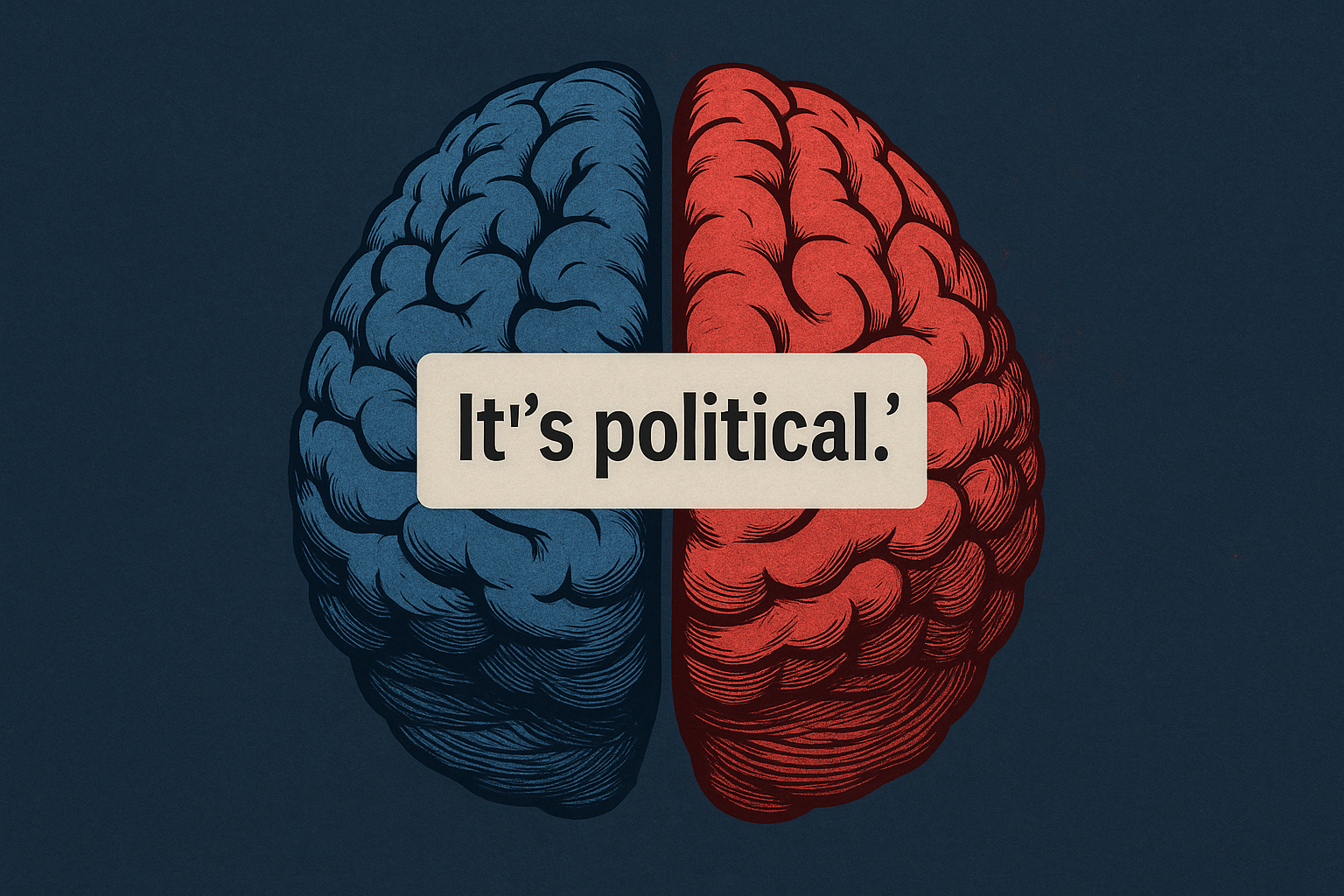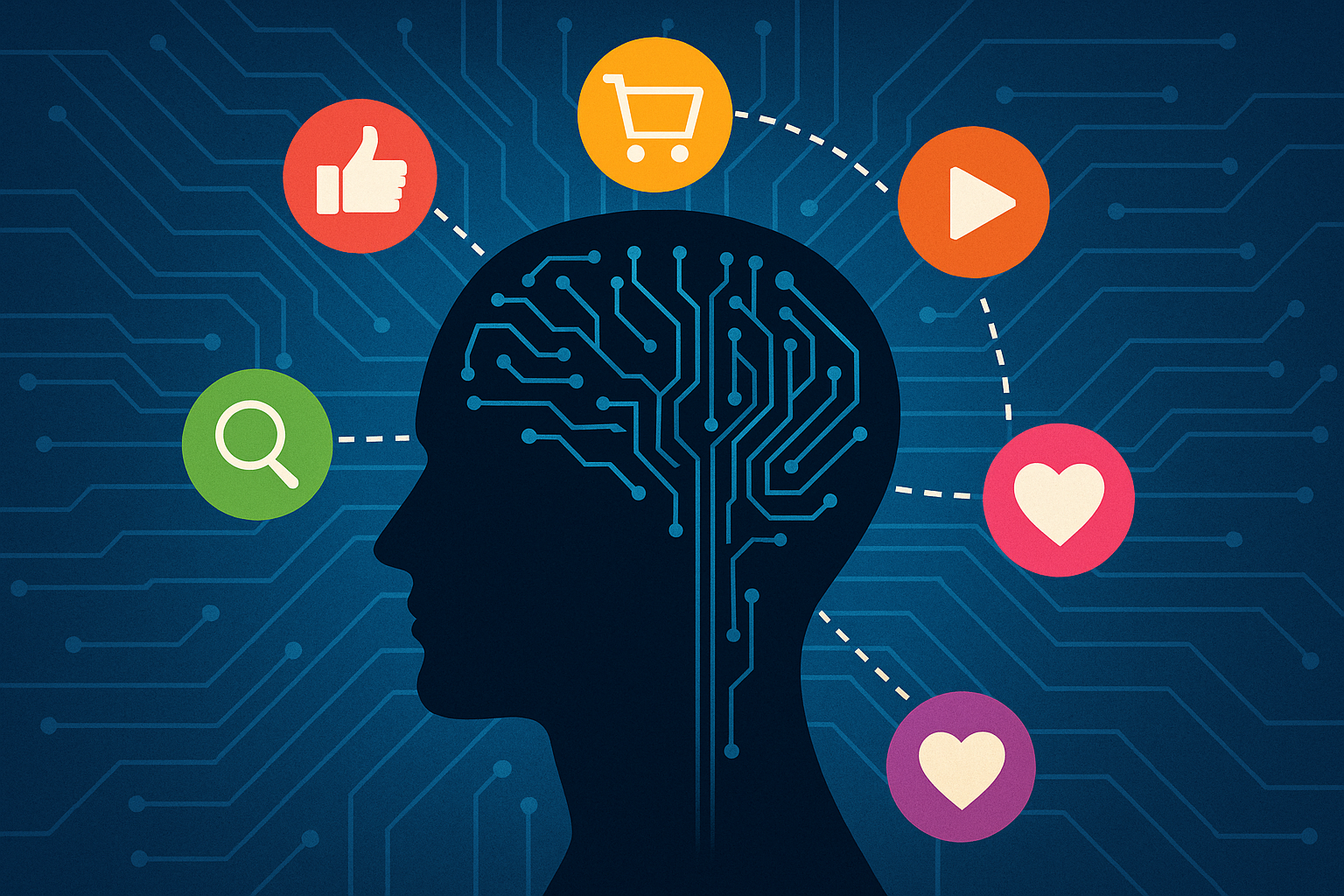Racial constructs are used every day to shape our perceptions and understanding of our society and respective workplaces. We’ve come a long way but we still have a long way to go towards ensuring these constructs no longer oppress people of color and exclude a wide range of people from opportunity.
The title “Sedimentary Whiteness” is used intentionally to surface images of sedimentary rock. It’s many layers and long history. These two aspects are often overlooked when conversations about race lead to further division and polarization.
Recently, I asked participants in a session on this topic I was facilitating to respond to the provocative question: What does it mean to be White in America?

This activity not only level sets the conversation but also breaks the ice. The responses were as diverse as the audience. Diversity isn’t always associated with whiteness. Too often, it’s defined as everything that is “not white.”
Is diversity a strength, or a problem that needs to be fixed? The response to this question is key for establishing a starting point for Diversity, Equity, Inclusion, and Belonging initiatives. In sum, if Diversity is viewed as a strength, the engagement may be much more proactive. If Diversity is viewed as a problem that needs to be fixed, the engagement will likely be more reactive and produce mixed results.
First, this work is both professional and personal. The ability of anyone in today’s workforce to draw firm lines between their work life and personal life has eroded.
Second, identity is tricky. I’m a cisgender, white middle-aged man. My wife is Afro-Bolivian. Many, upon first glance, assume that she identifies as Black. However she identifies as Latina. Her first language is Spanish. Our children are ABC’s. No, not American Born Chinese (though they are fluent in Mandarin), but rather Afro-Bolivian Caucasian. They don’t fit into a single box.
Like my children and our family, many Americans don’t fit into or ‘check’ one box. Recent census data tells this story with more detail. Hansi Lo Wang, Census expert provides key considerations when reviewing any Census data analysis:
- Census counts every person, not just citizens.
- $1.5 trillion per year is guided by Census data.
- The President, at the time, attempted to stop the counting process.
- Prior to 1960, a person’s race was determined by census takers.
- If you factor in the total number of those that selected White + 1 other race, then the White population increases.
The Bias Ecosystem is a useful framework for identifying the type of bias in question. Recognizing that unconscious bias starts in our brains, rooted in the way we process information.

The seeds of bias are planted in our cognitive mental processes. Bias is born into our language, perceptions and, ultimately, into our behaviors, interactions and relations. It is behaviors, not thoughts, that are the best measure for Social Biases or bias related to age, gender, culture, race, ability, orientation, and other aspects of our individual and collective identities. It’s in these behaviors, over time, that bias becomes codified in our institutions through our intentional and organic processes, protocols, and policies.
The Bias Ecosystem, when applied through white racial context, provides some unique insights. Recall, the United States was founded during an era when the social construct of race was intentionally used to erase ethnicity and identity. Europeans of wildly diverse backgrounds came to this continent and became “white.” These ongoing effects of this whiteness are worth exploring.
White Supremacy – Here we are with the word most white people want to distance themselves from. Too often, White Supremacy is solely associated with the alt-right, the KKK or neo-Nazis. These are obvious examples, but White Supremacy culture is far more insidious. White Supremacy is the belief that white people are superior to those of all other races and therefore should dominate.
White Noise – is a product of the superior/inferior belief system. Because “whiteness” is deemed as the norm, it is embedded in the American workplace. It becomes the status quo that guides/shapes behaviors and actions. A dictionary definition of white noise is a constant background noise, especially one that drowns out other sounds. This can pose implicit challenges when the “other sounds” are BIPOC voices.
White Space – Most American corporate space is white space. If it is an American corporation, it by default inherits “American” properties and characteristics. It inherits the history, the social constructs and beliefs that allowed it to exist in the first place.
All of the above set the stage for the group to unpack and explore some concrete metaphors for White Privilege.
The Invisible Knapsack – Peggy McIntosh’s (1990) original metaphor for privilege was that it was “like an invisible weightless knapsack of special provisions.” This is useful in that it speaks to relative advantage and that privilege is often hidden or unseen.
The “Lowest Difficulty Setting” – In the contemporary technology context, John Scalzi (2012) likened privilege to playing a game on the lowest difficulty setting: monsters are easier to kill and there are more health and bonus packs. This not only translates McIntosh’s notion into the digital realm, but improves upon the knapsack insofar as it recognizes that you can still lose the game: there are still challenges to overcome, yet “The lowest difficulty setting is still the easiest setting to win on. The player who plays in the ‘Gay Minority Female’ setting? Hardcore.”
The Game of Monopoly – Privilege is like a monopoly game where Black people are invited to play after white people have already been playing for three rounds—the property has been sold and the resources handed out, and yet the People of Color need to somehow make it around the board.
I encourage you to unpack the ideas/concepts presented above and think about the following:
- Identify examples where you’ve seen “White Space” or “Layers of Whiteness”?
- Identify your privilege. How/when do you use it to include others?
Conversations on race do not have to suck. They do not have to be a drain. They do not have to be feared. When conversations are designed to be provocative and personal, they more often than not end up being productive.

Percipio Company is led by Matthew Cahill. His deep expertise in cognitive, social, and workplace biases is rooted in the belief that if you have a brain, you have bias®. He works with executives to reduce mental mistakes, strengthen workplace relationships & disrupt existing bias within current HR processes, meeting protocols and corporate policies. Matthew has demonstrated success with large clients like LinkedIn, Salesforce and dozens of small to mid-size companies looking to create more inclusive workplaces, work smarter, generate more revenue and move from bias to belonging®.





